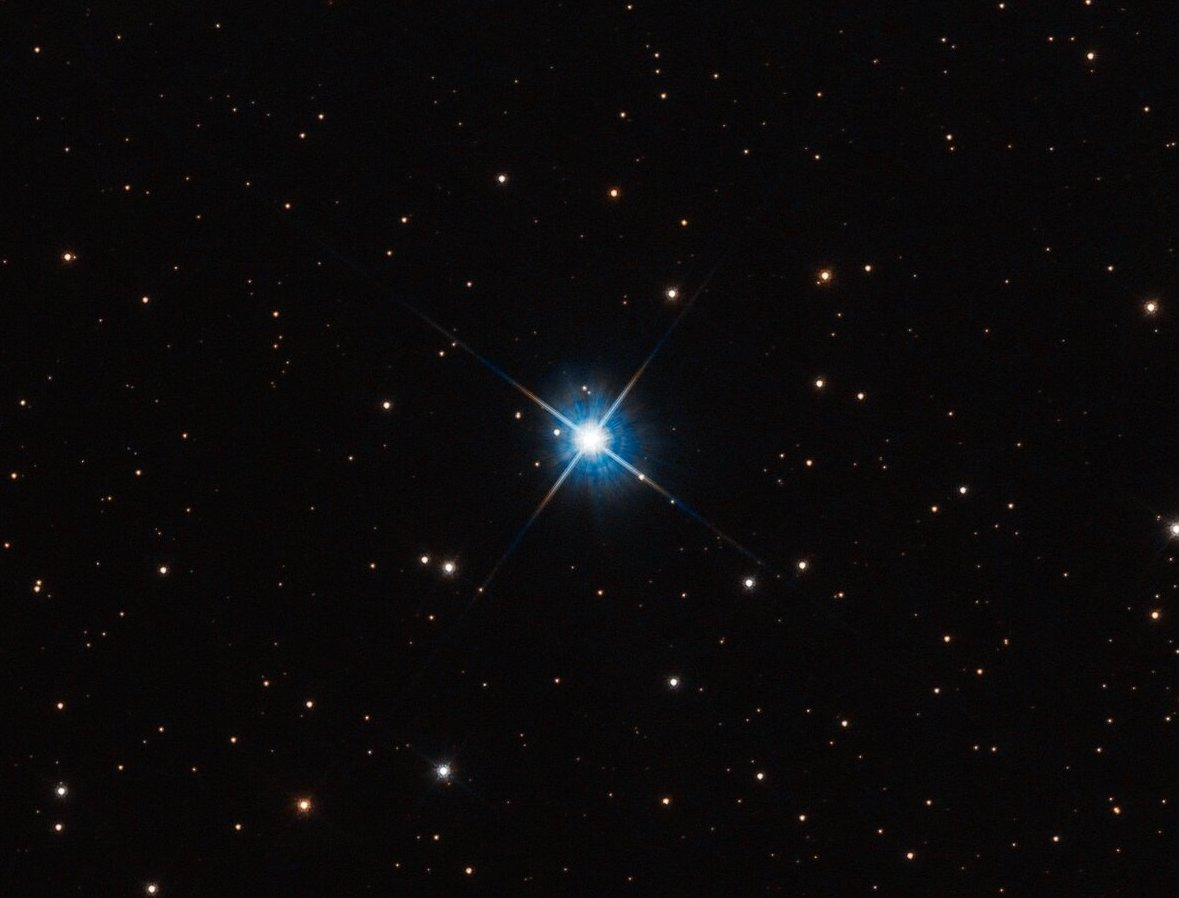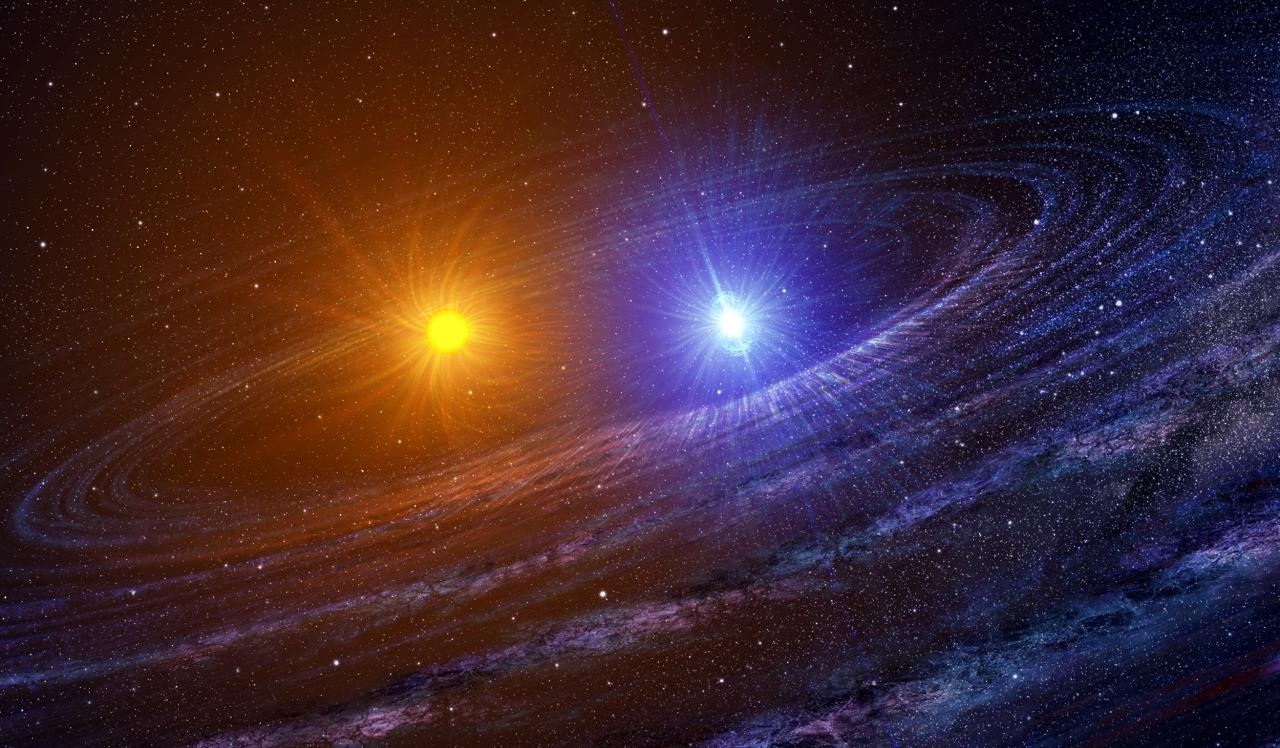Saturn, the gas giant known for its stunning ring system, hides one of the most bizarre and enduring weather patterns in our solar system—a massive hexagon-shaped storm at its north pole. First discovered by the Voyager missions in the 1980s and later studied in greater detail by NASA’s Cassini spacecraft, this atmospheric feature spans about 30,000 kilometers—larger than Earth itself. What makes it truly fascinating is not just its shape but its stability; the hexagon has persisted for decades without breaking apart, defying many expectations of fluid dynamics.
Scientists believe the storm’s hexagonal shape results from jet stream patterns and differential rotation within Saturn’s atmosphere. Lab experiments using rotating fluids have successfully recreated similar polygonal shapes, suggesting that fluid turbulence and atmospheric flow could naturally form such structures under the right conditions. Yet, why the shape remains so stable in a real planetary environment like Saturn’s continues to puzzle researchers.
This anomaly has become a valuable case study in planetary weather systems. Understanding Saturn’s hexagon could offer insights into atmospheric behavior not only on other gas giants but also on Earth. As we develop better modeling techniques and receive more data from space missions, this strange phenomenon could unlock new knowledge about the dynamics of planetary atmospheres, extreme weather systems, and even turbulence in astrophysics.





